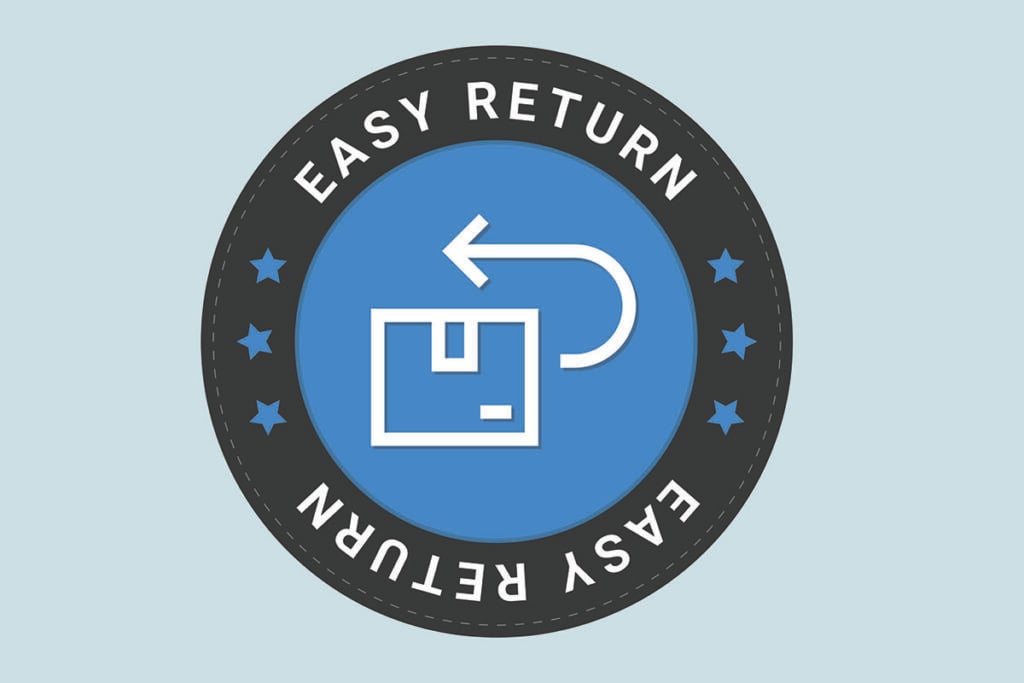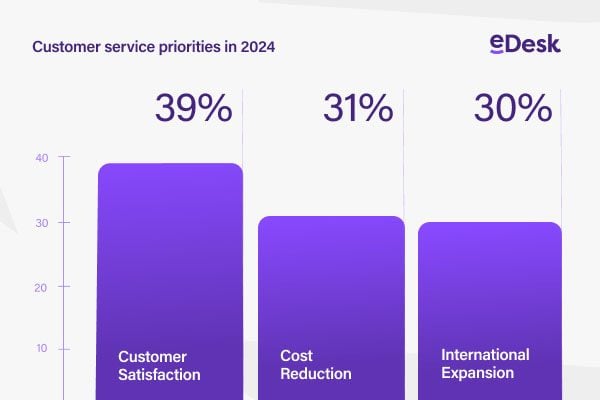Returns abuse has followed the growth of digital commerce like a revenue-draining shadow. But while digital commerce has returned to pre-pandemic level growth trends, Forter’s data shows that returns abuse is holding steady, with the shadow looming larger than it has ever been before. Doriel Abrahams, Head of Analytics at Forter, elaborates on the issue with advice for retailers on how to spot and stop returns abuse.
In recent years, consumers have become far savvier about tricks they can abuse to put money back into their pockets. During economic uncertainty, it’s unsurprising that more good customers are willing to stretch their moral boundaries to protect their wallets.
The Industrialisation of Returns Abuse
As more shoppers continue to move online, so has returns abuse — also called refund abuse or refund claims abuse. But it’s only in the last few years that this form of fraud has become a severe drain on many merchants’ bottom line.
What has changed is that returns abuse has become industrialised. It’s no longer an amateur effort carried out by wallet-conscious consumers, it’s become a professional business. Professional fraudsters — sometimes called “refundsters” due to their primary focus on returns abuse – offer their services to customers and carry out returns abuse quickly, efficiently, and at scale.
The method is very simple:
- A customer orders and receives an item.
- The fraudster contacts the merchant to claim the item has either not arrived or has arrived damaged. They know the policies of each merchant and tailor their story to ensure the refund.
- If the customer is supposed to return the item, there are many ways around this, from sending an envelope with an appropriate sticker that will be scanned and discarded to an empty box to one with the correct weight in rocks or dry ice (which has evaporated by the time the box reaches the retailer, leaving it looking like the merchandise was stolen in transit).
- The customer keeps the item and the refund and pays the refundster 5-20% of the value of the item. Bargain.
At the same time, traditional forms of returns abuse also continue. These include wardrobing (when the customer buys something to wear once, returning it afterwards), free shipping abuse (when a customer adds something to their order to qualify for free shipping and then returns it), and free gift abuse (when a customer buys something to be eligible for a free gift and then returns the item but not the gift).
Returns abuse is a severe and layered challenge plaguing many retailers. And now there’s a new twist to watch out for, too.
Watch Out for “Double Dipping”
Forter’s data shows that a growing number of returns abusers — and, in particular, Item Not Received (INR) abusers – are double dipping by submitting a request for a refund through the retailer and issuing a chargeback through the bank at the same time.
If the retailer doesn’t take steps to identify these attempts and prevent them, they stand to lose in 3 ways:
- They lose the item and can’t sell it to someone else.
- They have to refund the customer.
- They have to cover the chargeback.
Although double dipping remains a relatively small slice of all returns abuse (how much varies considerably between merchants and industries), it is growing significantly. Comparing Q3 2021 to Q3 2022, we can see that double-dipping increased by 35% in INR claims.
Given how double dipping amplifies the loss associated with returns abuse for the retailer, it’s worth taking the proper steps to ensure that your business is not negatively impacted. Otherwise, the revenue loss could mount fast, especially at times when returns are higher.
Returns Abuse Slips Through a Window of Opportunity
It sounds like the kind of abuse that shouldn’t be possible. If a business has already issued a refund, how can it get hit by a chargeback? The fact is it shouldn’t happen. But unfortunately, payment systems were not initially designed for the complexity and intricacy of today’s digital commerce, and double dipping refund abuse slips through a window of opportunity.
Take Steps to Protect Your Business
Double dipping is an example of why it is increasingly urgent for different, and perhaps previously unrelated, parts of a business (returns, appeasements, fraud, and chargebacks) to coordinate with one another.
It’s vital to have tight information syncing and processes that use that information to treat each interaction with every customer appropriately, based on the entire understanding of what’s known about that customer and their situation.
Payments, transactions, fraud management, abuse protection, and chargebacks are not separate issues, even if separate departments handle them. If we place them in silos, fraud, abuse, and simple misunderstandings will mount up losses for the business due to a lack of communication. Returns abuse has been an example of this for years — and with double dipping, it looks like that trend is doubling down.










3 Responses
This happened to me, many times.
I have started reporting these buyers to the police. And it’s working. Once I show them the police report, 100% removed the refund/reimbursement/chargeback. It looks like a waste of time but it’s not and I hope that I can discourage them from doing the same to other sellers.
This is a serious problem. It has gotten so bad since November 2022 that in January this year I withdrew all items priced between £10 and £20 from sale on Amazon. That price range seemed to be targeted in my case.
My income is suffering but I was not making any money due to the scale of the problem.
An unintended consequence of Amazons Customer centric no return refunds.
We fulfil ourselves, so all returns come back to us.
We always insist on items being returned to us for a refund, even if we make a loss.
We do sell on the Amazon International sites as well, so we have to provide a returns address in the sites country.
In both scenarios, the amount of returns opened versus the amount of returns actually returned are very different figures.
It has tapered off, however i think that is due to the “customer” realising that we do not do returnless refunds so no point buying off us.
Whilst the policies are good for customers, it does lead to what i call the dumbing down of customers.